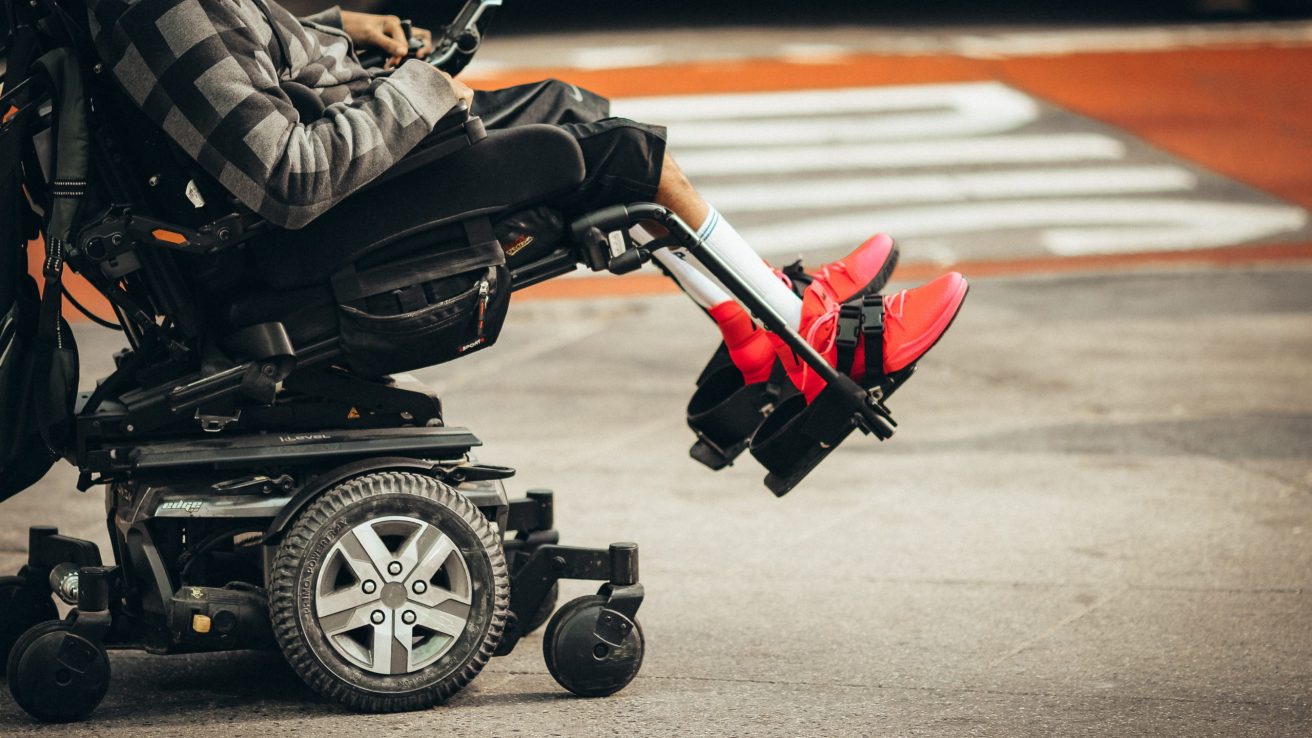This study, published in Frontiers in Neurology, investigated the relationship between motor functioning and neck and trunk muscle strength in patients with spinal muscular atrophy (SMA). The researchers sought to measure the strength of neck and trunk muscles in patients with different types of SMA, compare them to values for healthy children, and assess the reliability of the strength measurements.
The study included 56 children with SMA type 1, type 2, and type 3 between the ages of 5 and 16, and a control group of 111 healthy children in the same age group. The researchers used a handheld digital muscle tester, the MICROFET2, to assess the neck and trunk muscle strength of all participants. Relative strength was also calculated based on standardizing the MICROFET2 measurements according to the body mass of the patients.
Ultimately, the researchers found high reliability of the handheld digital muscle tester for the neck and trunk muscle strength measurements. The results indicated that the muscle strength of the children with SMA was significantly lower than that of the control group. Moreover, varying values for relative torque of neck muscles and upper/lower trunk muscle strength were found for different types of SMA.
This study furthers our understanding of the reliability of handheld digital muscle testers in measuring neck and muscle strength, particularly in children with SMA. The results also provide confirmation of theory based on clinical observations that these areas of muscle strength are lower in children with SMA than in healthy children and vary by SMA type.
A call to action is made for more research on the impact of pharmacological treatment on the strength of neck and trunk muscles, and the relationship between motor capabilities and neck and trunk muscle strength in children with SMA [1].
Source:
[1] Stępień, A., Osiak, T., Rekowski, W., & Wit, A. (2021). Neck and trunk muscle strength in children with spinal muscular atrophy is lower than in healthy controls and depends on disease type. Frontiers in Neurology, 12. https://doi.org/10.3389/fneur.2021.628414










